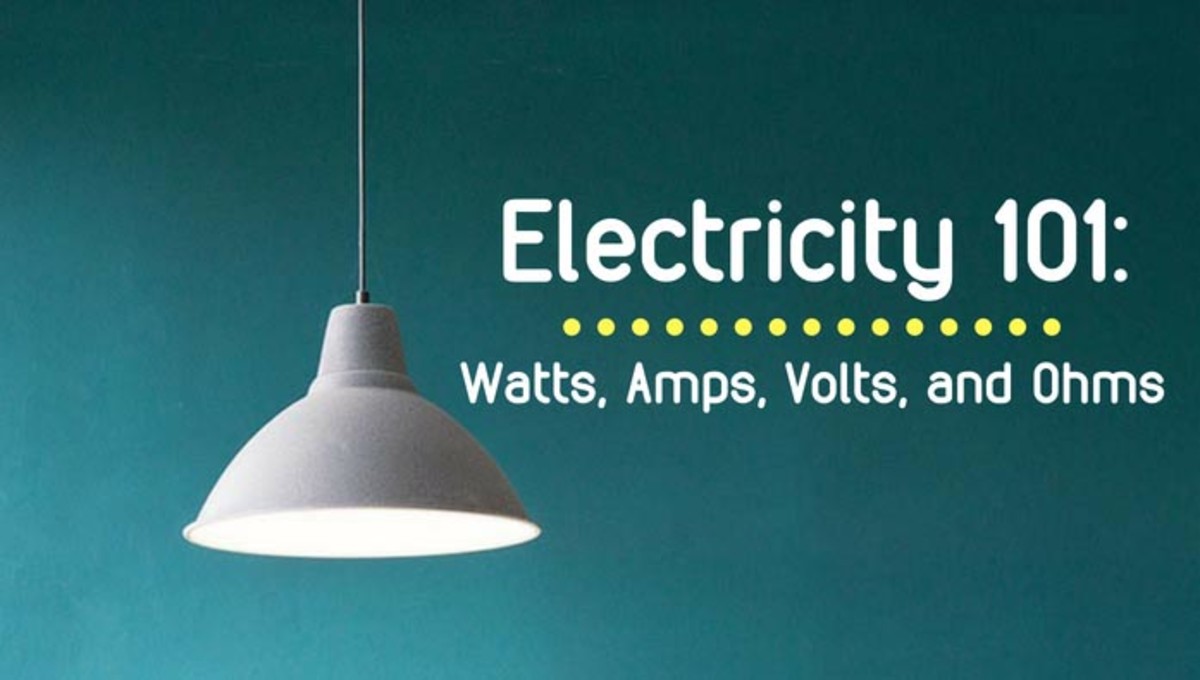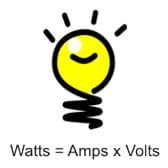

For example A measurement with a voltmeter is taken between the two points of a battery and shows a reading of 12V.

This is because it is the difference of potential energy between the two points. Because the measurement is taken between two points the voltage is also known as a potential difference (p.d.). A voltage can be measured even when no electrons are moving between the points as it is a measure of potential energy and will not be released until the electrons begin to flow. A voltage measurement is taken between two points separated by a dielectric or partly conductive material. Voltage is the measure of potential energy per unit of charge, and is measured in Volts. is measured in Volts (V) which is a measure of the amount of energy per unit of charge (Joules per Coulomb). include chemical reactions (like in batteries) where energy is released allowing electrons to be moved around, or generators where mechanical energy is converted by using magnetic fields to influence the movement of electrons in metal wires.


This is the force applied to charged particles such as electrons that will cause them to move. In a metal the outer electrons of the atoms are ‘free’ to move around therefore if it is connected to a battery or another source of e.m.f. the electrons will be repelled from the negative terminal and attracted to the positive terminal constituting an electric current. When the electrons are moving from one place to another we call this an electric current. Notice that it is the electrons that are doing the moving around and that the protons stay where they are, fixed in the nucleus of atoms. If there is an excess of electrons on an object then it will have an overall negative charge, if electrons are removed then the object will have an overall positive charge due to the remaining protons. What we call ‘static electricity’ is a buildup or lack of electrons which are a negatively charged particle. Electricity involves the charged particles (electrons and protons) that make up ordinary matter. A battery does not hold electricity, but it is a store of energy that is used to make electrical processes work. After reading this page you should be familiar with many of the aspects of electricity and electronics which should help you to understand man of the other pages on this site.Įlectricity is a term used to describe a physical process involving subatomic particles in materials. When the voltage is known, as in the case with electrical outlets, the power in watts can be interpolated as long as the current in amps is known.This page details the most common terms used in electronics and often physics subjects. Watts is a more comprehensive unit for power. For example, one horsepower is the equivalent of roughly 746 watts so you can describe a 2 horsepower engine as having 1492 watts of power output. On the other hand, watts can be used to describe power in other types of energy. As amps is the unit of current flow, it is easy to conclude that it is exclusive to electricity. If you want to measure watts on a typical appliance but you do not have a wattmeter, you can just measure the current in amps then multiply it with either 110V or 220V, depending on the standard voltage in your part of the world.Īnother difference between these two units is where you can actually use them. There are wattmeters available in the market that simplify this process but still operates on the same exact principles. To measure watts, it’s a bit more complex as you need to measure volts as well as amps then multiply the two values to get watts. To measure watts, you need to connect an ammeter in series.
#AMPS TO WATTS SERIES#
It is easier and simpler though to measure amps as you only need to connect an ammeter in series to the circuit in order to measure the flow. For example: a device that draws 2 amps from a 12 volts source is consuming 24 watts while a device that draws 2 amps from a 24 volts source is consuming 48 watts.īoth amps and watts can be measured by instruments. The current in amps and the voltage of the source multiplied is equal to the power draw in watts. The amount of power can still vary depending on the voltage. There is a big difference between the two though as watts is a comprehensive measurement of power while amps is just the quantity of current being drawn. Amps and Watts are two things that you commonly hear when it comes to how much power will be consumed by certain appliances and lighting fixtures.


 0 kommentar(er)
0 kommentar(er)
